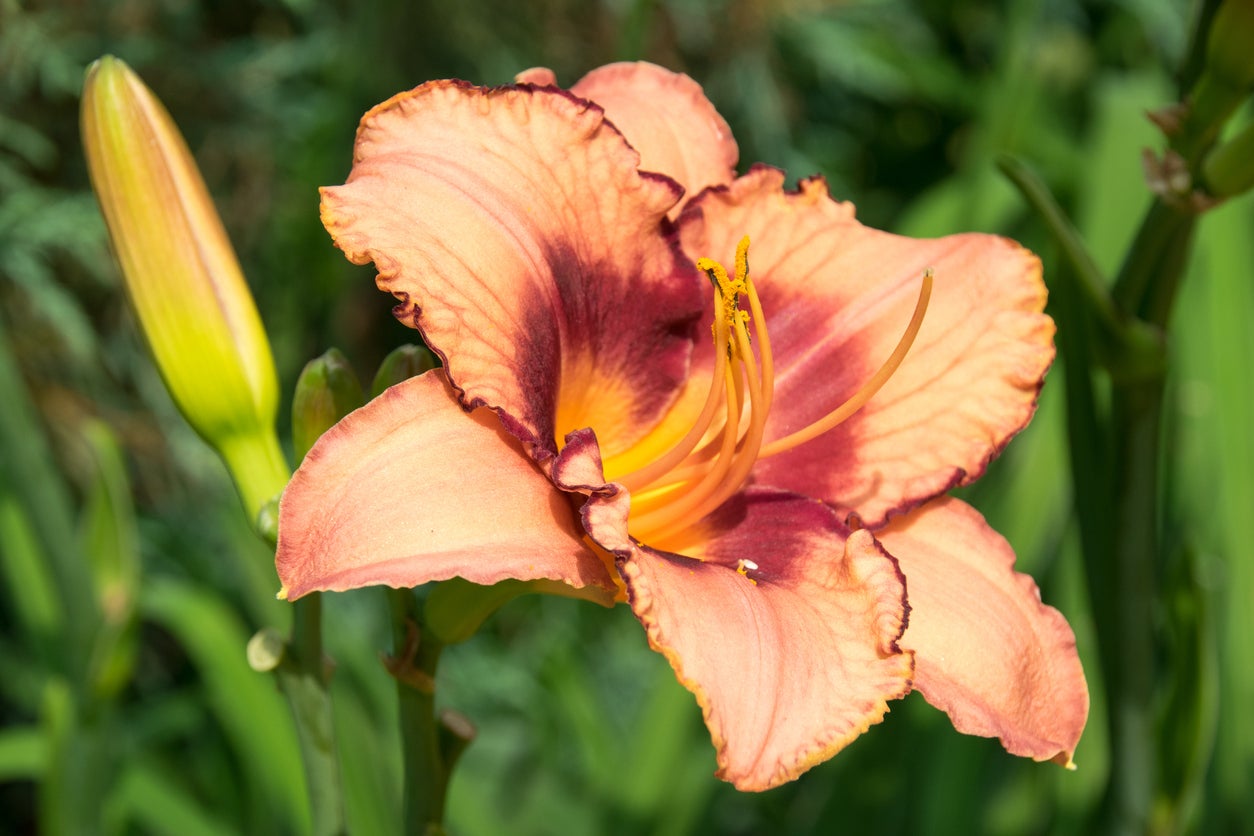No Blooms On Daylilies – What To Do When A Daylily Isn’t Blooming


Popular in flower gardens and landscapes, daylilies are a common choice for homeowners who want to add color and curb appeal to their yards. These perennials are treasured for good reason; adapting to a wide range of growing conditions and able to withstand diverse climates, daylilies reward gardeners with vibrant blooms all season long.
As the name would suggest, each daylily flower remains open for only one day. The profusion of blooms produced on a single plant make this flower a garden favorite. That’s why a daylily not flowering can be upsetting.
Why Daylilies Won’t Flower
Finding that there are no blooms on daylilies may be quite alarming for many home gardeners. While the plants themselves can create nice visual interest in flower borders, when daylilies won’t flower, it can be rather disappointing.
If your daylily isn’t blooming, growers should first make certain that they have provided the growing conditions required for the plant to thrive. With the daylily, non-flowering can be a sign of a couple issues. Most commonly, your plant may not be receiving adequate amounts of sunlight in the garden. Plantings in partial shade may struggle to receive enough light to produce consistent blooms.
If bloom has suddenly stopped in an already established planting of daylilies, there may be yet another issue that has caused the plants to cease flowering – overcrowding. As the plants grow and multiply, the daylilies may have to compete for space and nutrients in the soil. This often results in diminished size of the plant, as well as a decrease in the number of flowers that are produced.
How to Make a Daylily Bloom
If the proper growth conditions are being met, one of the best methods to encourage blooms on daylily plants is to divide the plants. Daylilies that have become overcrowded will need to be divided and replanted elsewhere in the garden. In general, daylily plants can be divided any time throughout the growing season. However, it is best done in the spring when the daylily will be able to establish itself in its new location.
When dividing and transplanting daylilies, always make certain to bury the crown at the proper soil level. Planting daylilies too deep will also cause decreased blooming. With a spade and a pair of gardening gloves, most growers are able to promote better overall health and bloom in their daylily plants.
Sign up for the Gardening Know How newsletter today and receive a free copy of our e-book "How to Grow Delicious Tomatoes".

Tonya Barnett has been gardening for 13 years. Flowers are her passion. She has transformed her backyard into a cut flower garden, which she regularly chronicles on her YouTube channel http://www.youtube.com/@tonyawiththeflowers.